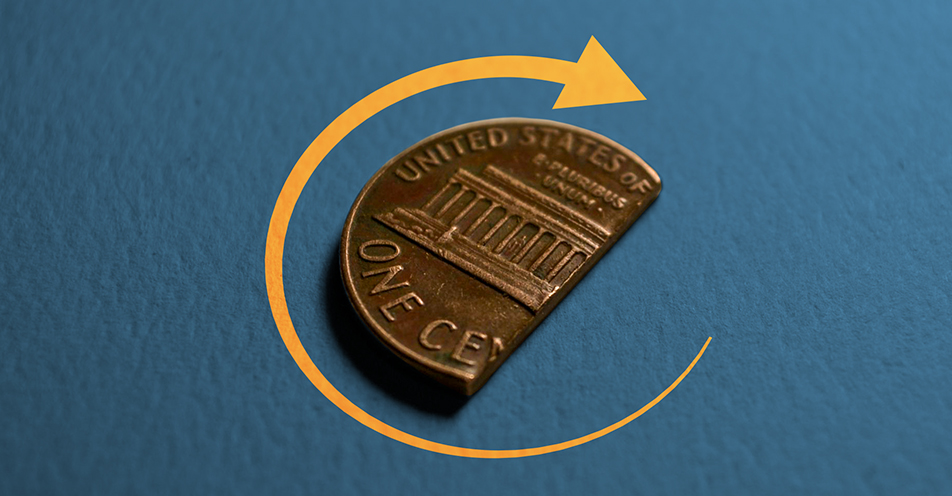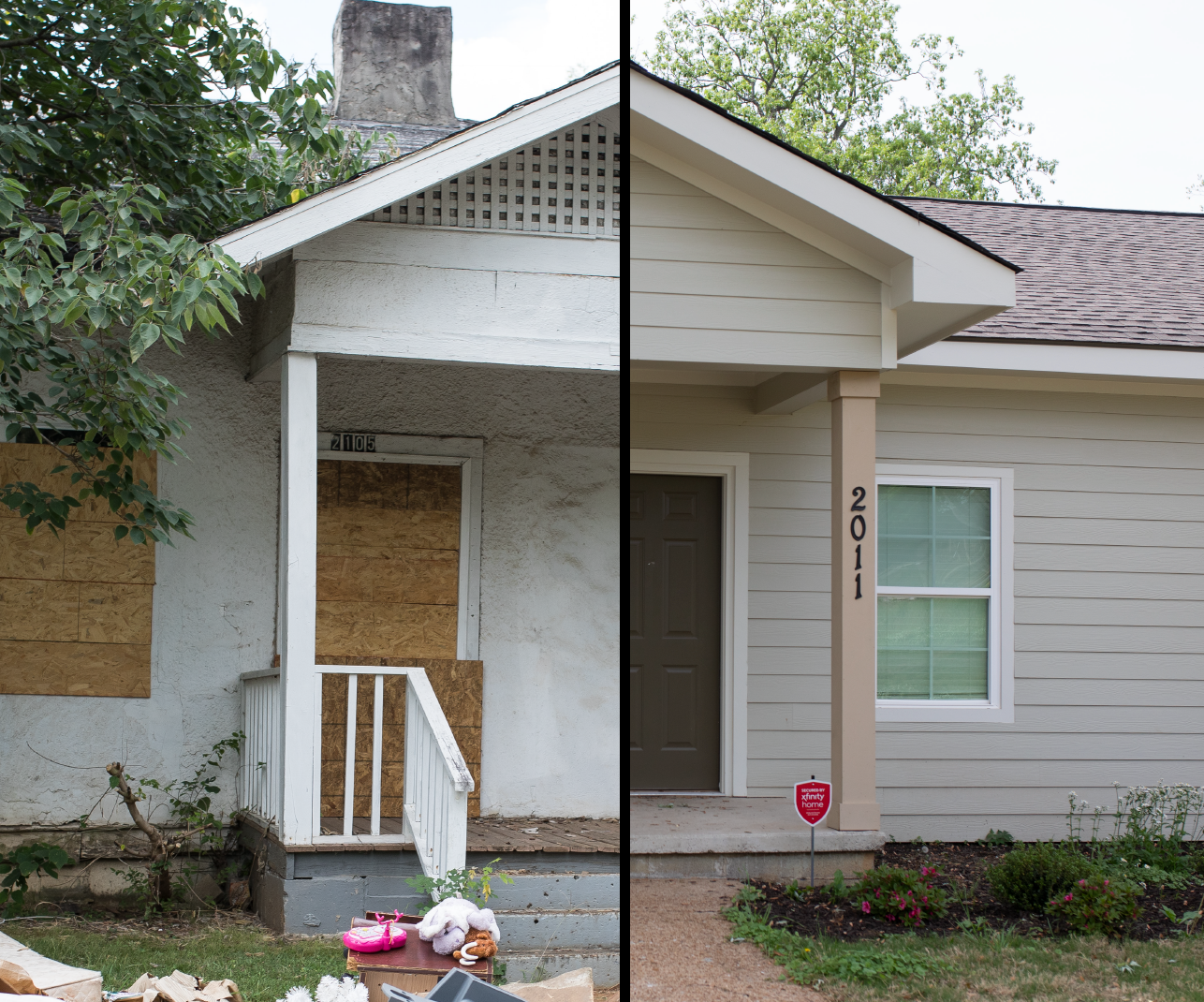What’s the Antidote to the Nonprofit Starvation Cycle?

Network Director
Read more from Nathan
“What gets measured gets managed—even when it’s pointless to measure and manage it, and even if it harms the purpose of the organization to do so.” This classic quotation from business scholar V. F. Ridgway provides a lot of insight about what’s wrong with the nonprofit world’s obsession with measuring overhead rates and hints that we would be better off managing to a different measurement.
It’s not controversial to state that organizations with adequate staff, better training, better facilities, better technology systems, and salaries that reward good work tend to produce better results. In business, having “state-of-the-art” tools is lauded—in the nonprofit world, all those things are considered overhead. “Overhead” makes nonprofit leaders cringe. “Overhead” is something you must apologize for.
Nonprofit culture embraces a “Valley Forge” mentality. Like Washington’s Continental Army, we’re proud of being overworked and underfunded. However, this approach often doesn’t lead to very good outcomes in the present or in history; desertion rates in the continental Army were as high as 20%.
The effect of this culture in charities is something called the “Nonprofit Starvation Cycle.” This phrase, coined by the Stanford Social Innovation Review, refers to relentless slashing of general administrative and fundraising costs (i.e. overhead) and ending up with fewer resources for programs over time.
This starvation cycle results from a back and forth between nonprofits and funders. Funders (both individual donors and granting organizations) have unrealistic expectations about what overhead rates should be; nonprofits amplify those flawed expectations by scraping by without complaint and underreporting their expenses (there are a lot of accounting gimmicks which IRS rules allow). This vicious cycle drives continual underinvestment in the infrastructure necessary for healthy organizations and high levels of impact.
To make matters worse, not only does the overhead metric encourage underinvestment, it also encourages inefficient investment. Organizations that rely heavily on volunteers and in-kind donations for their programs tend to pay their remaining staff to manage the broader organization and solicit for those in-kind donations. This can be a highly effective model, but it looks bad on paper when “low overhead” is the goal. Since volunteers are unpaid, this means most of the money is being spent on management and in-kind donations solicitation (overhead). So an organization that figures out how to do twice as many programs with their limited resources ends up being forced to report a higher overhead rate on their tax returns.
To find an alternative, we must understand the reason why donors care about overhead rates in the first place.
Donors are concerned about overhead because they are trying to do the most possible good with their charitable dollars. The desire to get the most “bang for buck” is sensible and is the same desire that guides how people make all of their purchases. However, in consumer decisions, no one cares about the metric of overhead. When people decide whether to buy an iPhone or an Android device, they don’t compare overhead rates. They look at features, reliability, and results.
When smart consumers become smart givers, they would probably rather look at metrics around results. Unfortunately, most nonprofits don’t report outcomes, instead they report quantity of activity (outputs) and overhead.
The problem is that overhead rates are a poor proxy for results. The fixation on overhead makes the erroneous assumption that all programs are equally effective. If all programs are equally effective, then all that matters is the percentage of money that makes it to programs. But if all programs are not equally effective, then the efficacy of the program must be calculated alongside the overhead rate.
Think about it this way. Imagine you could give a $10,000 donation to one of two organizations, both of which serve youth in poverty. If all you know is that one has a 10% overhead rate and one has a 40% overhead rate, your decision is easy—the lean nonprofit will get your gift. If you knew more about their results, would you change your mind?
One organization has a simple free coat and school supplies giveaway model. Most of their funding goes to buying those giveaway items, which are considered program expenses. Overhead rate: 10%. Of the $9,000 that makes it to programs, they probably can’t track what happens as a result, but let’s say we happen to know that the $9,000 in free things will translate into one kid who leaves poverty.
The other organization has a very staff-intensive mentorship model. They spend a lot on staff training, outcomes measurement systems, they have a good manager to coordinate case management, and have a nice facility to make kids feel safe. Overhead rate: 40%. Of the $6,000 that makes it to programs, their outcomes data shows that will result in four kids who leave poverty.
With the low-overhead organization, your gift would help one child escape poverty. In the high-overhead organization, your gift would help four children escape poverty. Once again, your choice is easy, but it just happens to be the opposite conclusion you would have come to by looking at overhead rates alone.
If we start measuring results, does that mean we can stop worrying about overhead? Absolutely. Overhead was only ever a very crude approximation of effectiveness. Generations of managing with the primary goal of limiting overhead have resulted in half-starved nonprofits that are significantly less effective than they could be. Measure results, forget about overhead.
The good news is that more major funders are interested in outcomes than ever before. A grant or major donor will almost certainly ask you about outcomes. Even smaller donors can be easily educated. If someone asks about overhead, you say “by overhead, I presume you’re trying to figure out how much good your dollars will do here. I can give you an even better way to gauge that. Let me tell you about the impact per dollar of our programs.”
Measuring outcomes gives you the antidote to the nonprofit starvation cycle. By showing funders the numbers that matter, you can stop chasing a metric that rates you higher when your organization is starving. Manage to outcomes, and you will notice that as the people you serve flourish, your organization can flourish alongside them.
Measuring outcomes is critical, but it’s tough to know where to start. We’ve got you covered! True Charity Network members can access our Outcomes Measurement Toolkit for a step-by-step guide on how to measure outcomes in your organization.
This article is just the tip of the iceberg for the practical resources available through the True Charity Network. Check out all of the ways the network can help you learn, connect, and influence here.
Already a member? Access your resources in the member portal.




